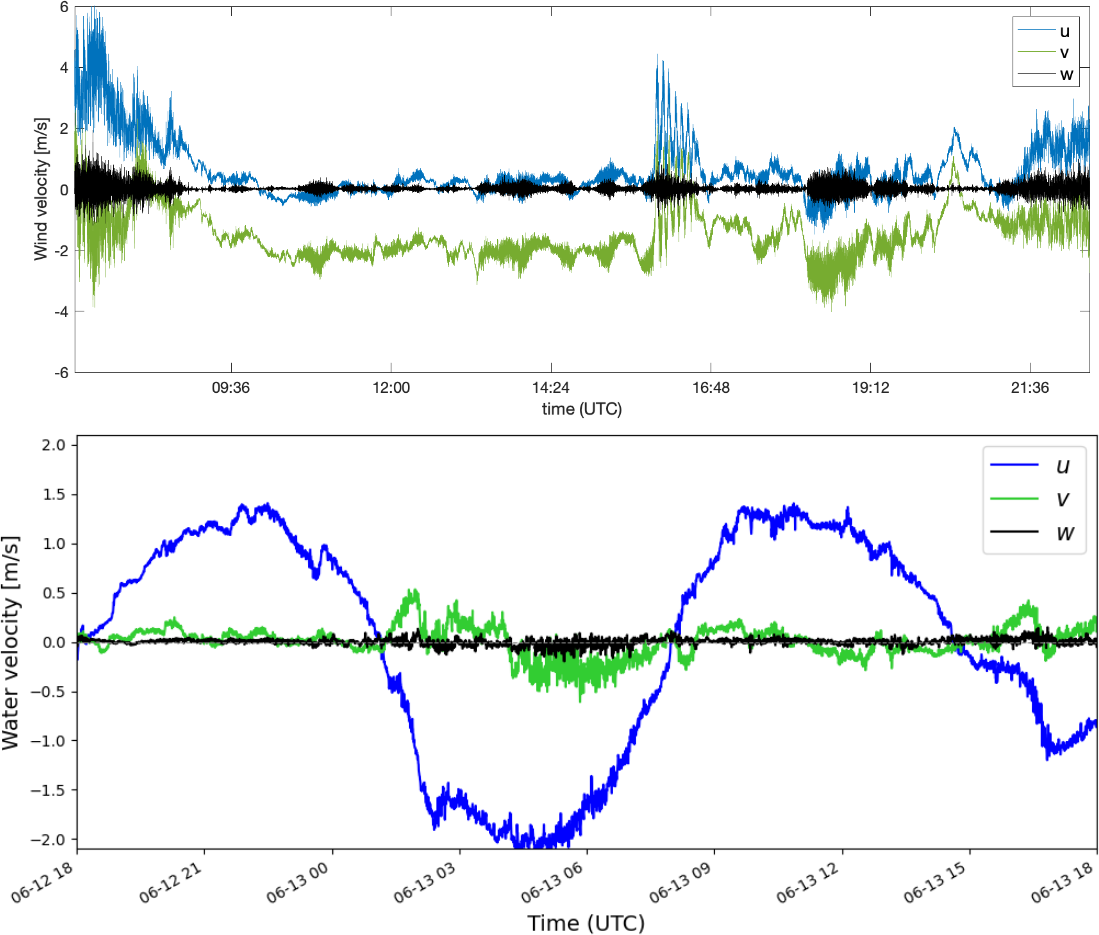A variety of processes in the ocean and in the atmosphere produce turbulence. Among these processes are breaking gravity waves (like waves on a beach or internal waves in both water and air), convection (like rising warm air over land or sinking cold water in polar seas), shear-induced instabilities (which trigger some of the billows we see in clouds sometimes) and strong tidal currents flowing over the ocean floor.
One thing these processes have in common is that they are all observed to be very patchy in space and intermittent in time.
In this project, we will analyze a collection of atmospheric and oceanic turbulence measurements using multiple scale data analysis approaches e. g., Vickers and Mahrt (2003, https://doi.org/10.1175/1520-0426(2003)20<660:TCGATF>2.0.CO;2) or statistical clustering methods e. g., Vercauteren & Klein (2015, https://doi.org/10.1175/JAS-D-14-0115.1), along with other techniques, to study the nature of intermittency in these two fluids.
The student will gain experience with measurements from both meteorological and oceanographic instrumentation like those shown in Figure 1, and will use ideas from turbulence theory and time series analysis to understand the measurements.
This will entail some programming in order to make calculations and process and visualize the data.
